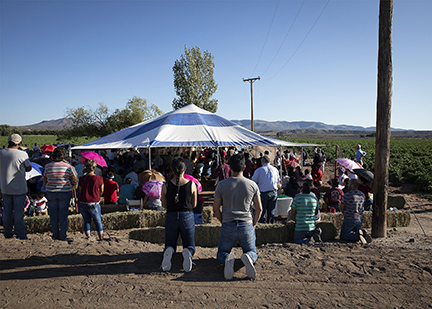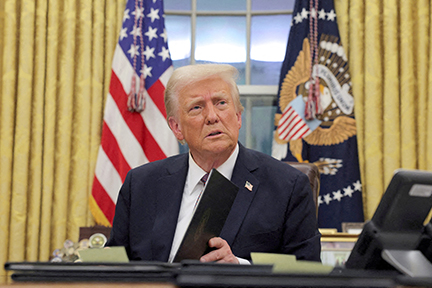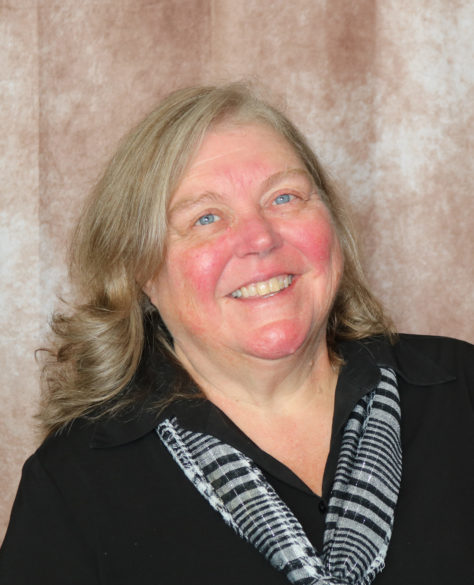By Cindy Wooden
VATICAN CITY (CNS) – A holy year is an opportunity to start fresh with one’s relationship with God and with other people, Pope Francis told thousands of pilgrims.
The Holy Year 2025 theme, “Pilgrims of Hope,” is a reminder that hope “is not a habit or a character trait – that you either have or you don’t – but a strength to be asked for. That is why we make ourselves pilgrims: We come to ask for a gift, to start again on life’s journey,” the pope said Jan. 11.
Meeting more than 7,000 pilgrims who filled the Vatican audience hall or pressed against crowd-control barriers outside, Pope Francis began a series of Saturday general audiences designed, as he said, to “welcome and embrace all those who are coming from all over the world in search of a new beginning.”
Throughout the audience, the pope had the crowd repeat “ricominciare,” Italian for “begin again.”
The audience was held the day before the feast of the Baptism of the Lord when the church commemorates Jesus going down to the Jordan River and joining the crowds who responded to St. John the Baptist’s call for conversion.

A summary of the pope’s talk, read to the pilgrims in English, said that John the Baptist’s “message in calling for conversion was one of hope in the advent of the Messiah, a hope fulfilled in the coming of Jesus and his invitation to welcome the kingdom of God.”
“Like the crowds that flocked to the waters of the Jordan, may all who pass through the Holy Door this year receive the grace of interior renewal, openness to the dawn of God’s kingdom and its summons to conversion, fraternal love and concern for the least of our brothers and sisters,” the pope’s message to English-speakers said.
On a Holy Year pilgrimage and, more generally, on the journey of life, “we, too, bring many questions,” the pope told the pilgrims, but Jesus replies by pointing to a “new path, the path of the Beatitudes,” which proclaims how blessed are the poor in spirit, those who mourn, those who struggle for justice and those who work for peace.
“Hope for our common home – this Earth of ours, so abused and wounded – and the hope for all human beings resides in the difference of God. His greatness is different,” the pope said. Jesus demonstrated how greatness comes not from domination, but from learning “to serve, to love fraternally, to acknowledge ourselves as small. And to see the least, to listen to them and to be their voice.”








